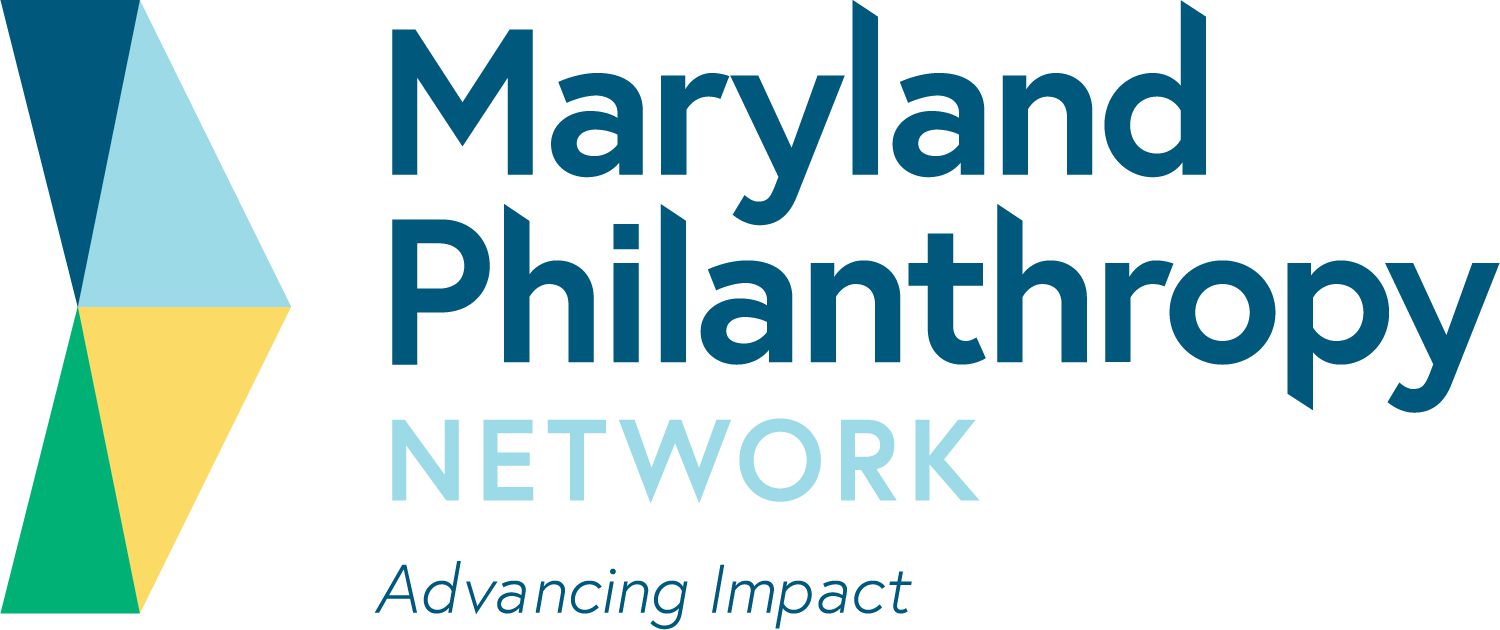For the Greater Good
In the spring of 2015, Jamye Wooten took a reverend from Ferguson, Missouri, on a tour through Baltimore. It was several weeks after Freddie Gray, a 25-year-old Black man, died while in police custody. The city was in turmoil after protests over police brutality led to an uprising that captured the nation's attention and resulted in National Guard tanks mobilized in the streets for the first time since Martin Luther King Jr. was shot in 1968. Wooten had helped community members process and organize after Gray's death. His guest, who came from the city where Michael Brown had been shot by police several months earlier, was visiting to train fellow clergy in peaceful protest strategies. While driving through one part of town, they passed boarded-up houses, abandoned ball fields, and burned-out buildings.
"Did the uprising happen over here, too?" the reverend asked.
Wooten shook his head. "No, this neighborhood has been boarded up like this for the last 20 years," he said.
Seeing the city fresh through the eyes of an outsider jolted Wooten. His colleague was "looking at parts of Baltimore as if they were the result of the uprising," Wooten says. "But the destruction was really from years of structural violence and disinvestment in Black neighborhoods."
Click here to read the full article.
Source: Johns Hopkins Magazine
FIND MORE BY:

